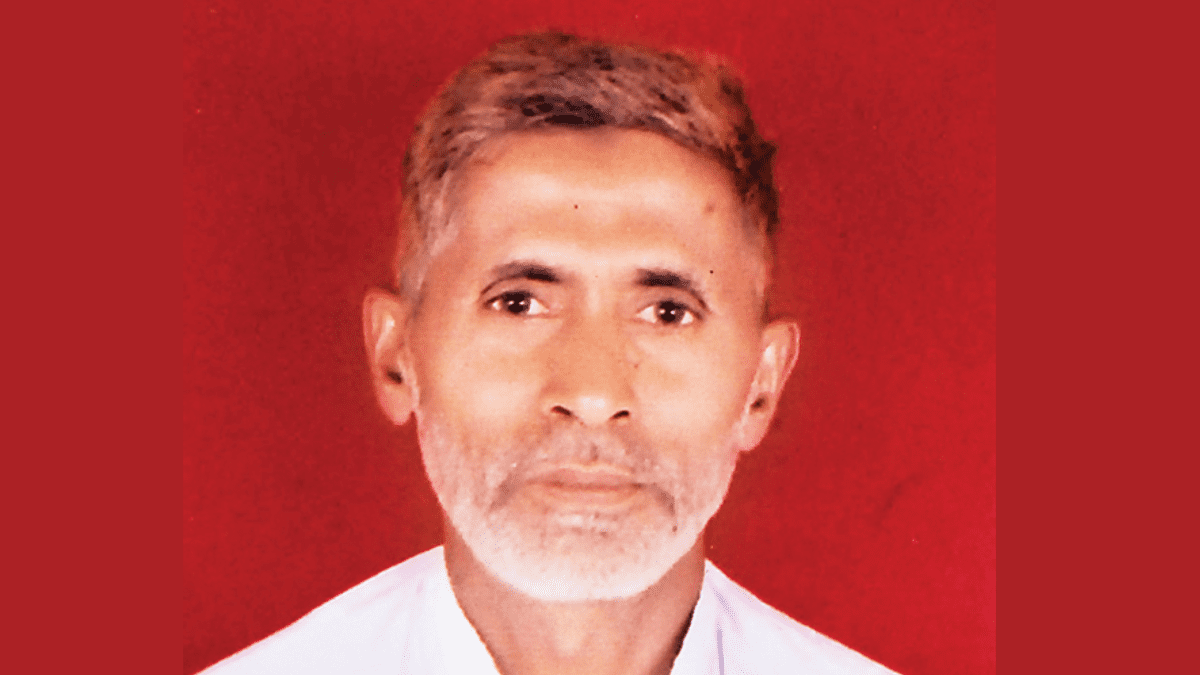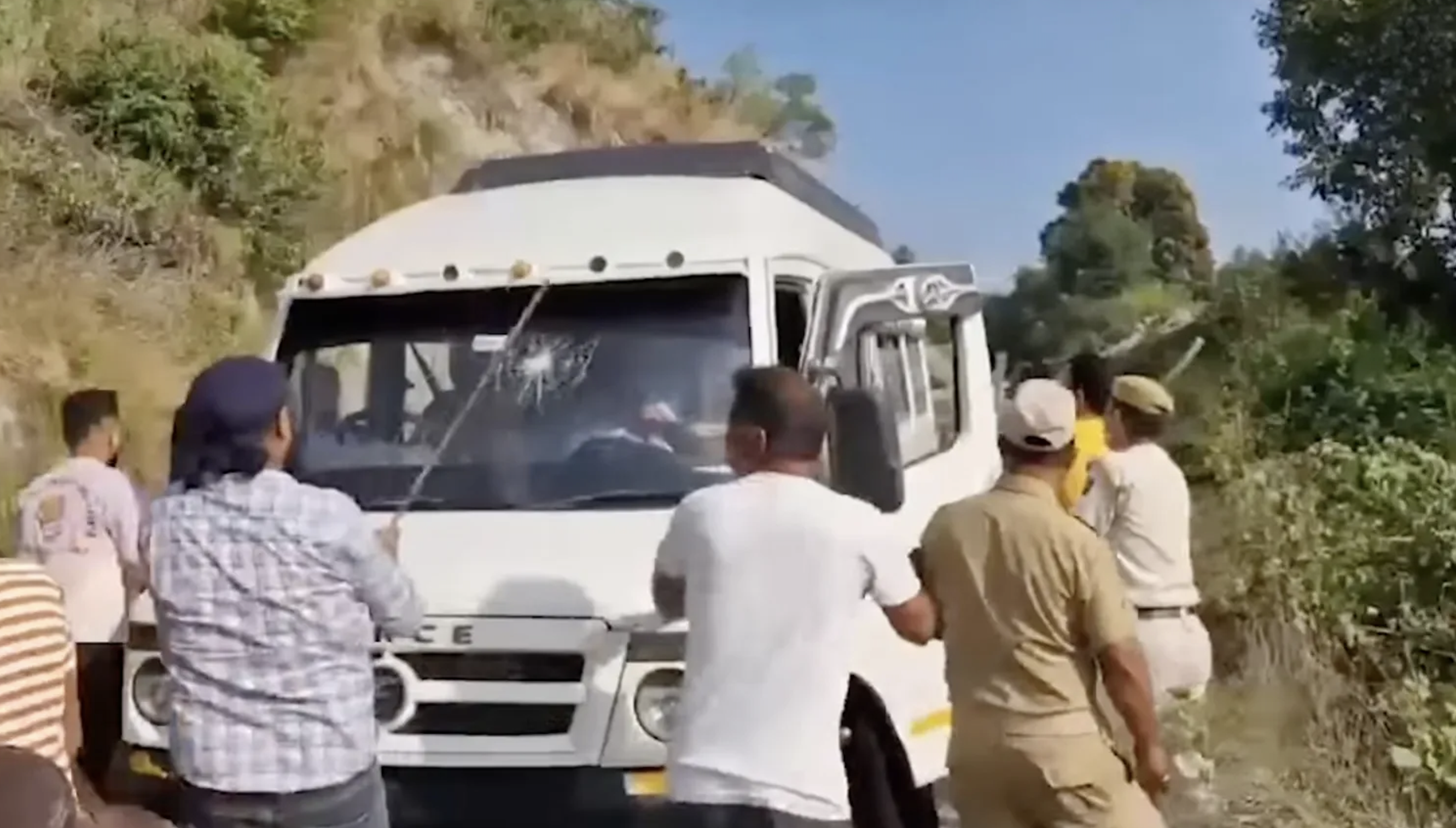
By Kapil Komireddi
On Jan. 28, Indian Prime Minister Narendra Modi declared victory against COVID-19. Addressing a virtual summit of the World Economic Forum, he sought applause for saving “humanity from a big disaster by containing the coronavirus effectively.” Three months on, India is the epicenter of the pandemic. The country’s health care system is on the precipice of total collapse. In New Delhi, patients are suffocating to death, relatives are scrambling for beds, the most advanced hospitals have been reduced to begging the government for emergency supplies of oxygen, and crematoriums—blazing nonstop—have run out of room and wood. Social media is inundated with agonizing pleas for help.
Some have buried their dead in their gardens. Others have cremated them on makeshift pyres erected on pavements. In the neglected countryside, a local reporter in southern India rang to tell me, “People are dropping like flies.” Hardly anybody knows anyone who hasn’t been ravaged by this contagion. The official death toll, which surpassed 208,000 on Thursday, is a scandalous undercount. By some estimates, the true figure could be 20 times that number. A thriving black market for oxygen and essential medicine has emerged, and a nation acclaimed in 2015 by the International Monetary Fund as an economic powerhouse poised to overtake China is now lobbying for emergency foreign aid.
What is unfolding in India is more than a crisis triggered by a pathogen. It is a carnage precipitated by the conduct of its self-enamored leader. After Modi’s Davos speech, his administration went out of its way to lull Indians into the suicidal belief that the worst was behind them. In February, Modi’s Hindu-first Bharatiya Janata Party passed a florid resolution praising his “leadership for introducing India to the world as a proud and victorious nation in the fight against COVID-19.” “It can be said with pride,” the resolution proclaimed, that India “defeated COVID-19 under the able, sensitive, committed, and visionary leadership of Prime Minister Narendra Modi.”
Then, in early March, Modi’s health minister announced that India was “in the endgame” of the pandemic. That same month, thousands of unmasked cricket fans poured into a stadium in Gujarat named after Modi to watch matches between India and England. Many thousands more were bused to crowded political rallies for elections in four states in eastern and southern India. The Hindu festival of Kumbh Mela—the world’s largest religious gathering that ordinarily convenes every 12 years—was allowed to be brought forward by a year in deference to Hindu priests, who decreed that 2021 was an auspicious year for it. On April 12 alone, more than 3 million pilgrims took a communal dip in the Ganges River in the holy city of Haridwar.
Five days later, just as India’s reported daily new infections surged past 230,000, Modi bragged to a swarm of supporters in West Bengal that he had “never seen such crowds at a rally.” The pandemic, as far as Modi was concerned, was over. The hectic electioneering doubled as a victory lap. Just as he had feted former U.S. President Donald Trump a month before the first wave of the virus washed over India, Modi was eagerly preparing to host British Prime Minister Boris Johnson for a summit. Johnson’s abrupt decision to cancel his tour in response to the rising infections in India jolted Modi. Denying reality was no longer feasible. But by the time he acknowledged what was happening, it was too late.
Modi had claimed in January that he had equipped India with “COVID-specific infrastructure.” Where was it as Indians began perishing in record numbers? The man who had seduced voters in 2014 with promises of smart cities and abundant jobs had once again hoodwinked the country with a rhetorical Potemkin village: Behind the facade, there was only desolation and death.
India might have been spared this humanitarian crisis had Modi not neglected his duties and vilified those who offered him constructive counsel. He had the time, means, and access to expertise to proof the country against this inferno. As early as last November, a parliamentary committee had issued warnings of a second wave and urged the government to stockpile oxygen. But rather than bolstering India’s capacities, Modi used the virus to burnish his cult and pillage the country.
Last March, days after plunging India into chaos by announcing a nationwide lockdown with a four-hour notice, he sought tax-free donations for a fund called PM CARES to help the poorest of the poor, buy personal protective equipment, and build oxygen plants across India. The equivalent of more than a billion dollars flowed into it during the first week. What did Modi do with all that money? Nobody knows—and nobody is allowed to know. Because despite offering tax subsidies to contributors and using government organs to promote the fund, PM CARES cannot be reviewed by the state auditor because it is structured as a private trust.
This story first appeared on foreignpolicy.com





